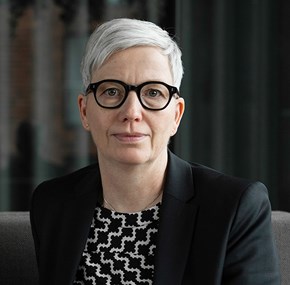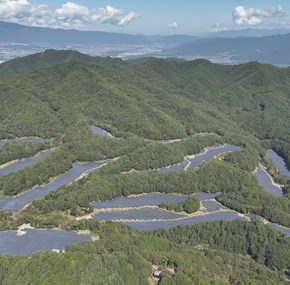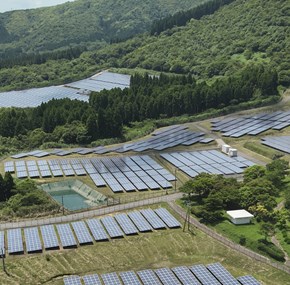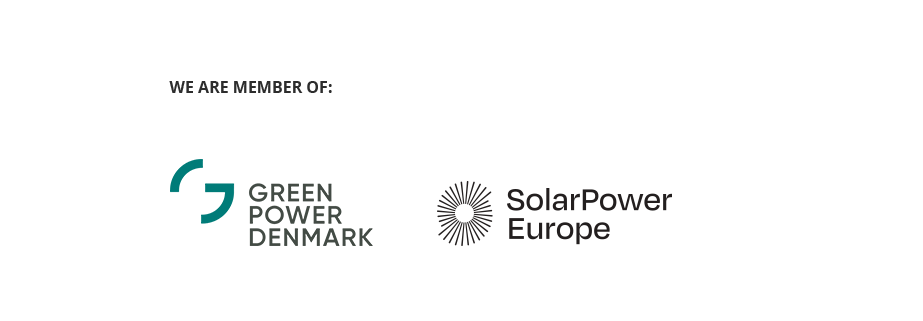Renewables: How the Dutch can meet its impossible targets
Although famous for its windmills, it may come as a surprise that the Netherlands is falling behind most of its European peers in renewable energy production.
- The Netherlands has relied heavily on its gas reserves but with energy consumption increasing and reserves running out, the country has been forced to change its energy system, explains Anders Marcus, CEO at Obton. He recently attended a roundtable on the Dutch energy transition, hosted by the Embassy of Denmark in the Netherlands. And the challenge is daunting.
In 2016, only 6% of the country’s energy came from renewable energy sources – 4% from wind and 2% from solar. By contrast, Sweden met close to 40% of its energy demands via renewable energy. The Netherlands, along with the other 27 EU member states, are committed to an EU-wide target of 20% renewable energy by 2020.
- The Netherlands will not reach the EU target of 20% by 2020, but the Dutch government has set a target of 14% renewable energy by 2020. But even that target will require some effort, says Anders Marcus.
Netherlands – stepping up efforts
The Dutch government is indeed stepping up efforts to transform its energy system. Through national SDE+ auctions (Stimulation of Sustainable Energy Production), the Netherlands is offering a greater financial incentive to developers via Power Purchase Agreements (PPAs).
Read our article on the European countries’ different support schemes for renewable energy
Although the government also supports the research and testing of geothermal energy projects, it is obvious that most of the country’s renewable energy will have to come from wind or solar production. But expanding wind and solar production in a country like the Netherlands is no easy task:
- The Netherlands is densely populated, which limits the long-term opportunities for developing land-based renewable energy facilities, says Anders Marcus, and cautions that both land-based wind turbines and solar PV facilities risk running into resistance from the general public.
- We are still able to find suitable locations for land-based solar PV facilities, but if we are to meet the demand in the long run, we must explore other opportunities, he says.
Renewable energy from the rooftops
An obvious solution for incorporating renewable energy into a country as densely populated as the Netherlands is to tap into the country’s rooftops.
- Both France and Germany have successfully stimulated rooftop solar PV production through national schemes. The Netherlands should do the same, says Anders Marcus.
The benefits of rooftop solar PV projects are clear: Rooftop projects do not require additional space, they rarely lead to resistance from the general public, and in many cases a rooftop project can also solve the problem of replacing outdated and hazardous asbestos roofs on barns for livestock.
But to tap into this potential, the Dutch government needs to provide the framework, says Anders Marcus.
- Even though the cost of solar PV production is steadily dropping, a rooftop installation cannot compete with the price of land-based wind and large-scale solar PV projects. For this reason, the Netherlands should promote rooftop solar production through earmarked national auctions.
Anders Marcus also stresses that stimulating solar energy production will prove to be the cheapest way for the Netherlands to meet its renewable energy targets:
- The cost of solar energy production continues to drop as solar PV modules become more efficient, and competition drives down the price of the modules themselves, he says.
Getting the grid ready
Stimulating renewable energy production is not the only pressing issue facing the Dutch government. As more and more renewable energy facilities become operational, the risk of bottlenecks in the electricity grid increases.
- We have already built a 100 MW solar PV facility and have a further 200 MW facility underway. There are already bottlenecks in bringing the energy to the grid, and this problem will only increase, says Anders Marcus.
Furthermore, Anders Marcus is urging the Dutch government to look at the duration of its PPAs, which are typically only 15 years.
- Most European countries offer 20-year PPAs. This offers investors greater security and also drives prices down at the national auctions. In short, longer PPAs will make the transformation of the Dutch energy system cheaper, says Anders Marcus.
Obton has developed 3 of the Netherland’s 6 largest solar PV facilities, has a further 200 MW facility under development, and is continually looking for new opportunities.






